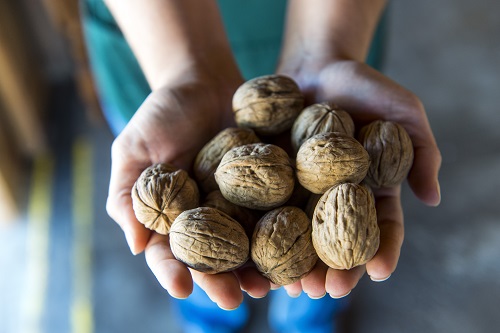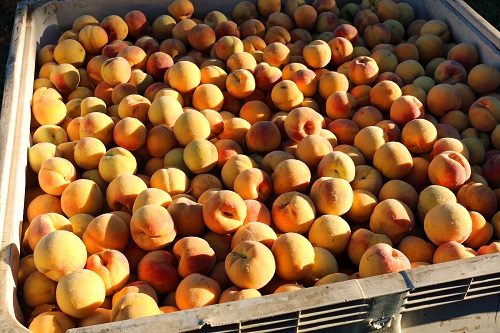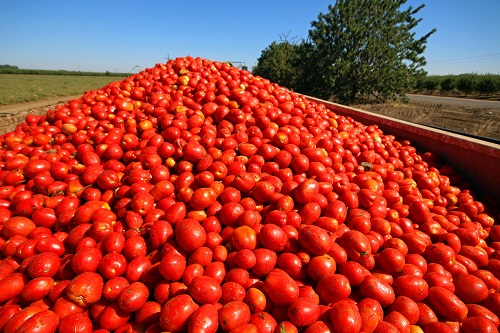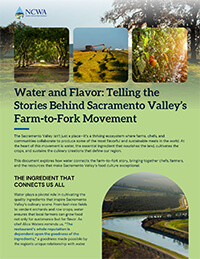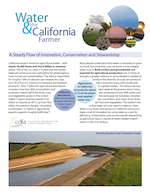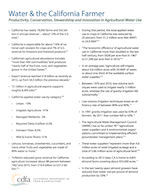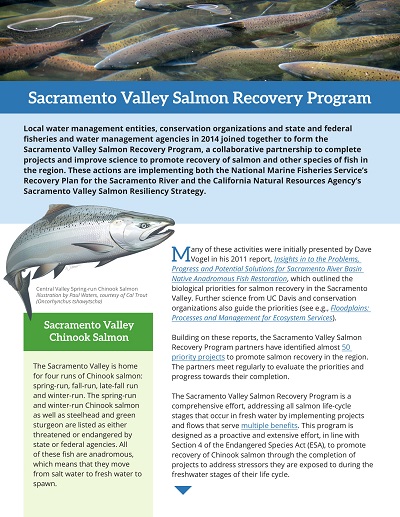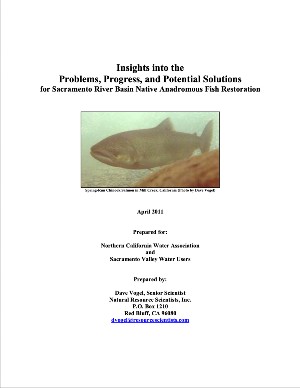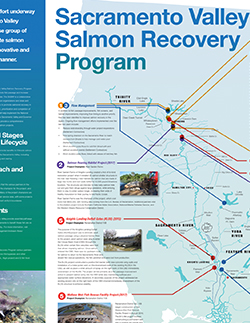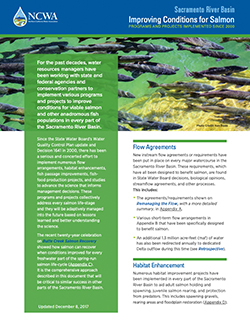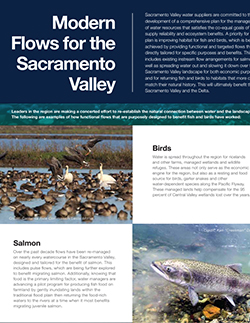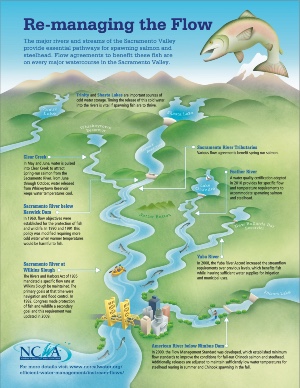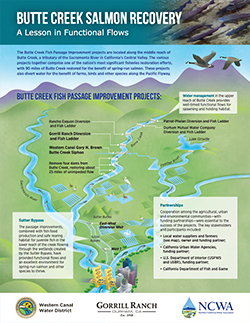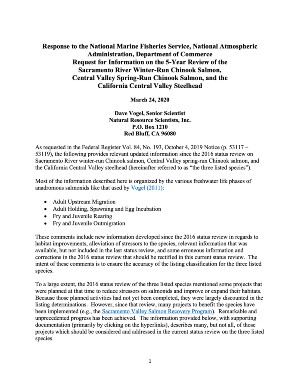“The Sacramento Valley is one of the great valleys of the world, with a vast and fertile soil area. It produces great quantities of precious metals and structural materials. It is blessed with an abundant water supply, and an agriculture much more diversified than is found anywhere else on the face of the earth.” – Sacramento Valley land brochure (1911)
A Legacy Rooted in Water, Soil, and Sun
Families have built farms and communities in the Sacramento Valley for generations, thanks to the region’s unique combination of water, soil, and sun. Today, nearly two million acres of pastoral family farms support a rich diversity of crops: nuts, fruits, tomatoes, fresh produce, and irrigated pasture. These lands not only fuel the regional economy, but also play a vital role in supporting birds along the Pacific Flyway and salmon in the Sacramento River system.
A Rich Mosaic of Crops and Land Uses
The California Department of Water Resources has developed the California Land Use Viewer, an interactive tool showing the wide array of land uses in the Valley. The Valley’s farmland is generally divided into four quarters:
- One quarter rice
- One quarter row crops
- One quarter orchards (nuts and fruit trees)
- One quarter irrigated pasture
Crops grown include:
Rice, almonds, walnuts, plums, peaches, tomatoes, wheat, olives, corn, alfalfa, pears, sunflowers, grapes, kiwifruit, and hay.
The variable soil types in the Sacramento Valley influence where specific crops are grown. Rice tends to be grown (How Rice Grows) in areas with less permeable clay soils (Water Use in Rice). Other crops are grown in areas in the Valley with more permeable soils.
The Backbone of Rural Economies
Farming is the economic driver for much of the Sacramento Valley. With more than 11,000 small family farms, the region contributes nearly $4.5 billion to California’s economy and supports approximately 53,000 jobs. In many areas, farms have been in the same families for generations—long before California achieved statehood.
Farmers as Stewards of the Land
Sacramento Valley farmers are continually implementing new practices and infrastructure to increase efficient water management at the field, district and regional level. The challenge in implementing new water management and farming practices is to ensure that increasing efficiency at the local level will not jeopardize the benefits and values the water use provides to the environment or to other downstream water users. Put, differently, efficient water management decisions must be made with a clear understanding of the impact those decisions have on regional sustainability.
Sacramento Valley farming is generally very light on the land. Over the past several decades, landowners in the Sacramento Valley have employed farming practices that enhance the environmental values provided by the land.
Examples include:
- Buffer strips between fields and waterways
- Maintaining canals and ditches as wildlife habitat
- Inundating harvested rice fields to benefit migratory birds and salmon
- Avoiding post-harvest burning of rice straw
Where Water Meets Flavor: A Farm-to-Fork Connection
One of the most vibrant aspects of Sacramento Valley agriculture is the close connection between farmers and local chefs. Through strong relationships, mutual respect, and a shared commitment to seasonal, high-quality ingredients, these partnerships bring the Valley’s bounty to life on restaurant tables and in home kitchens.
Water and Flavor: The Story Behind the Food
It’s more than just food—it’s a celebration of land, water, and community.
